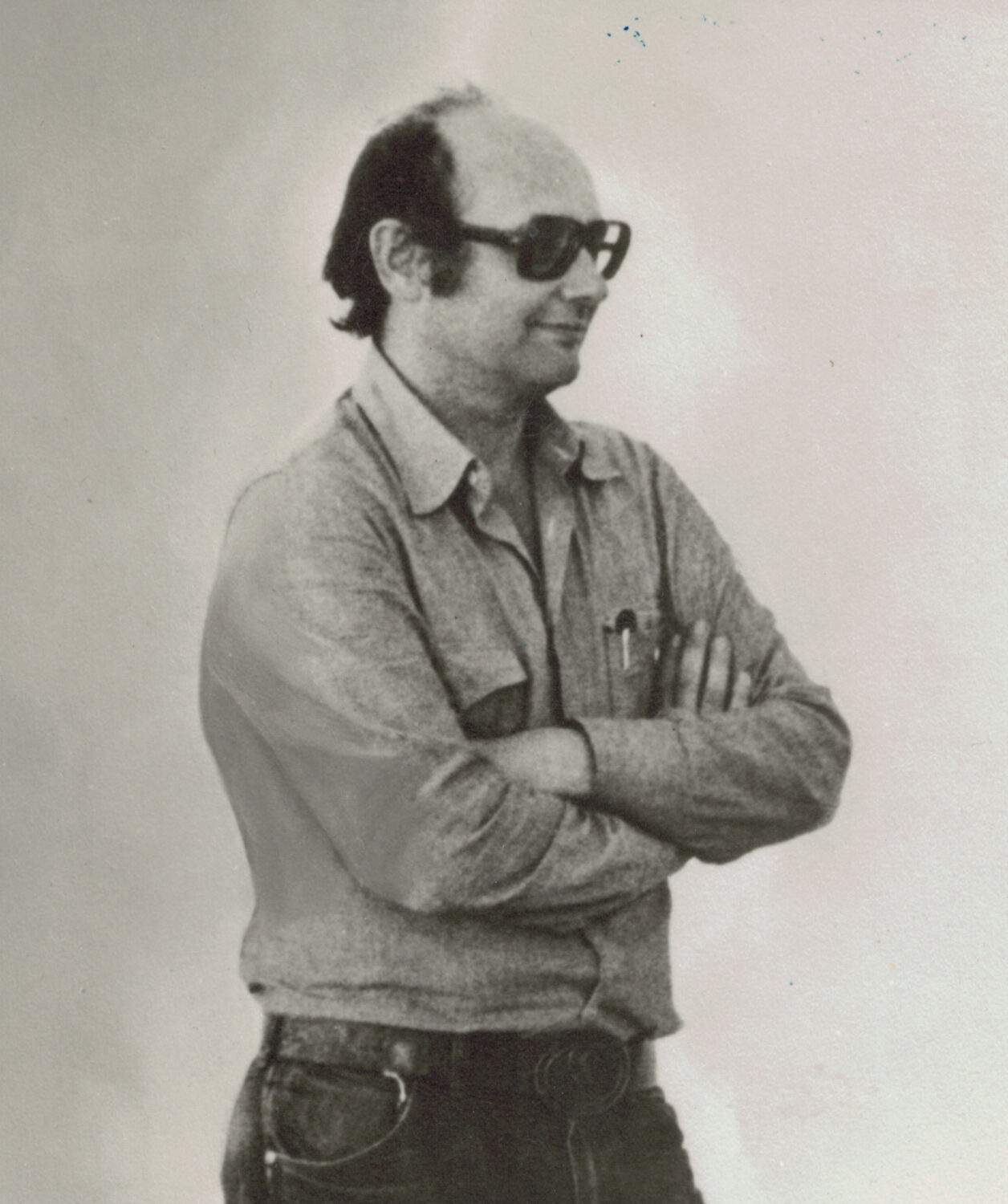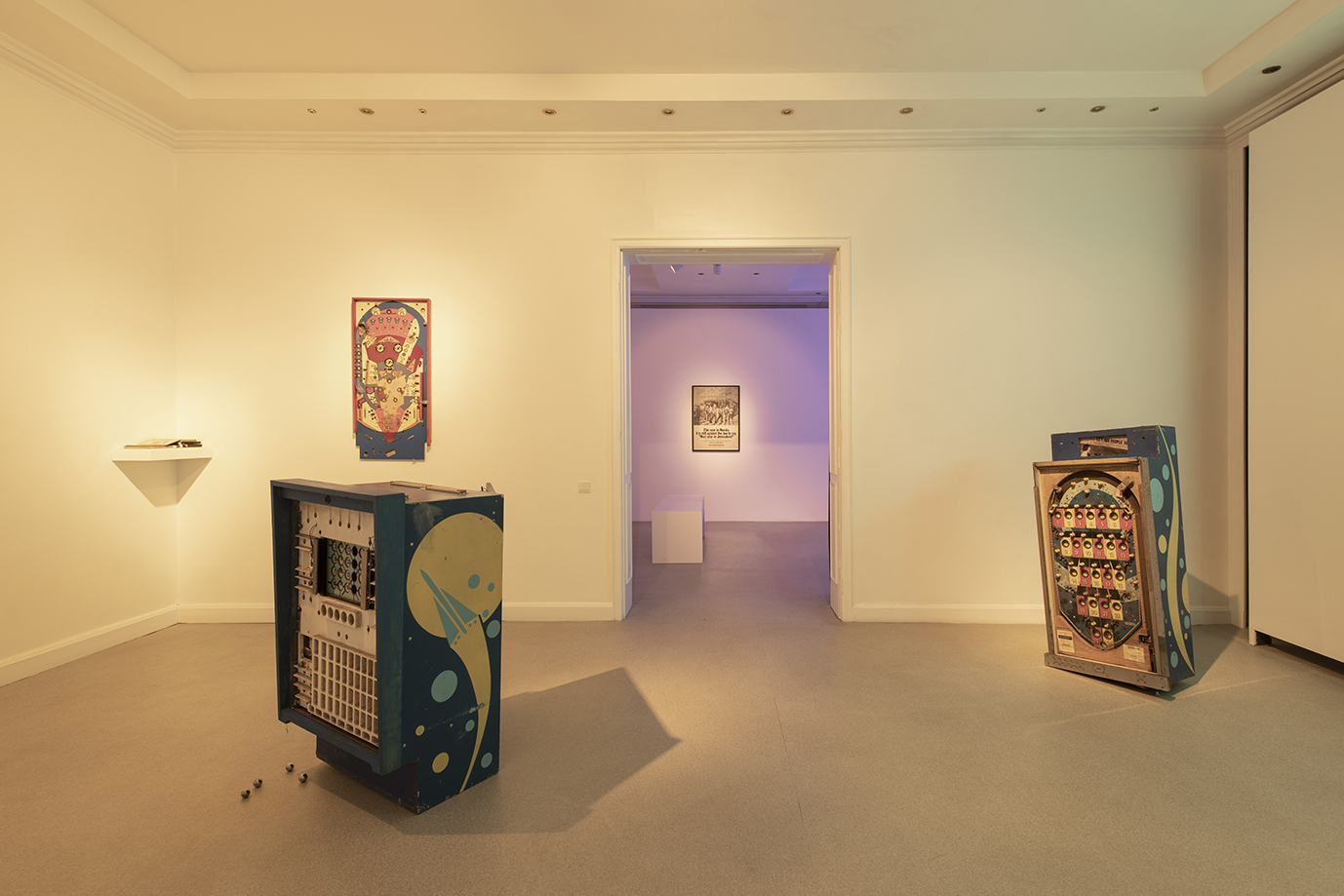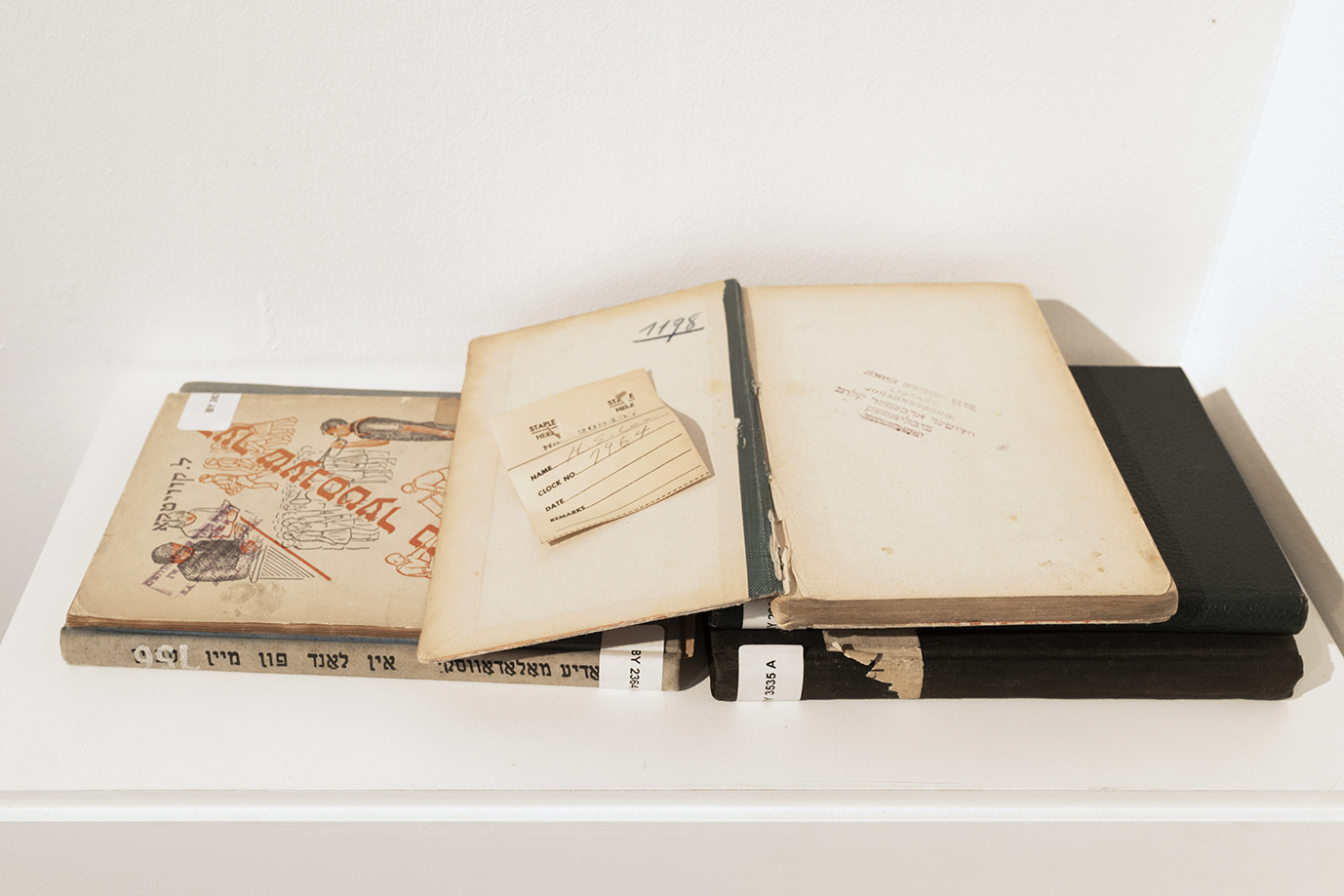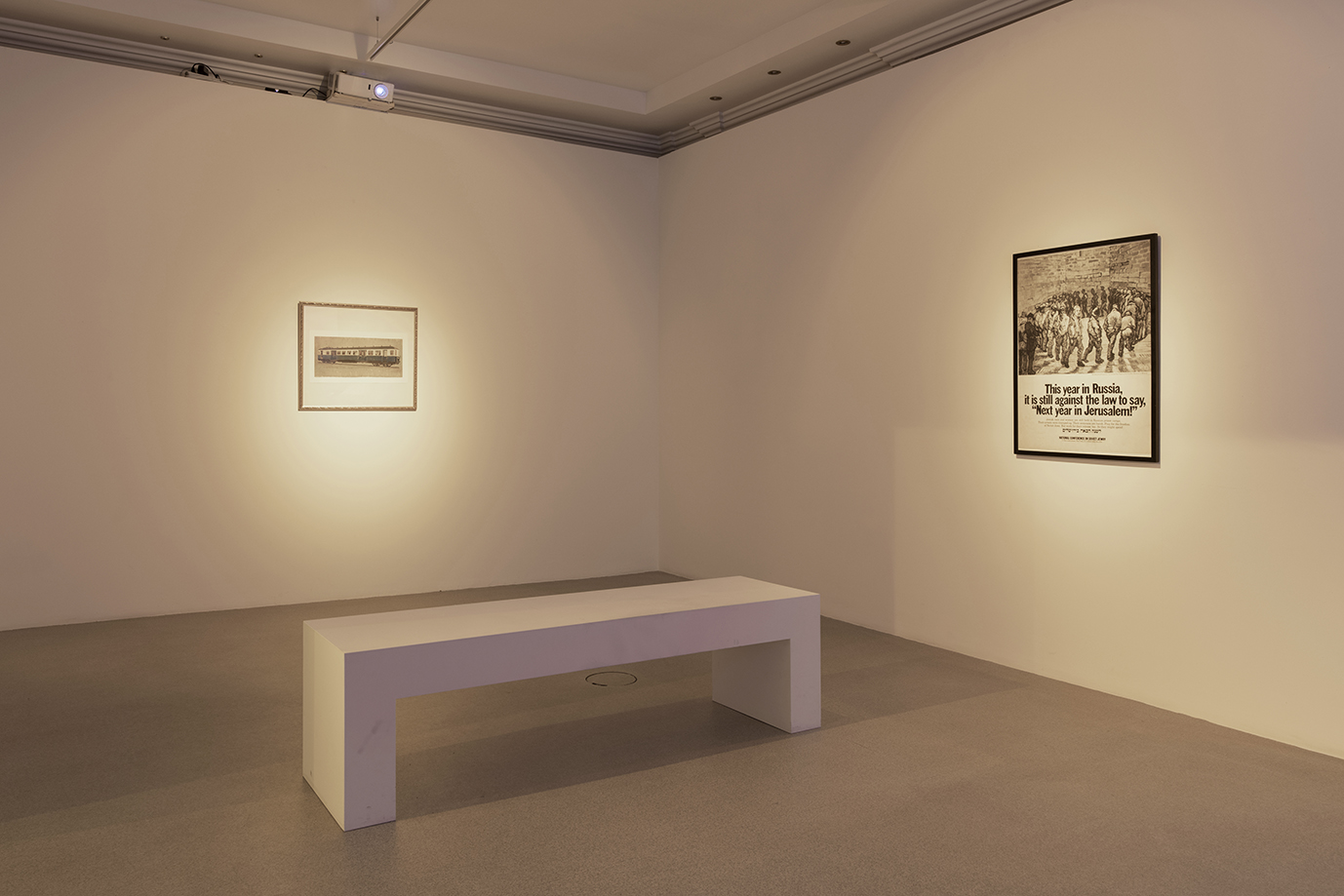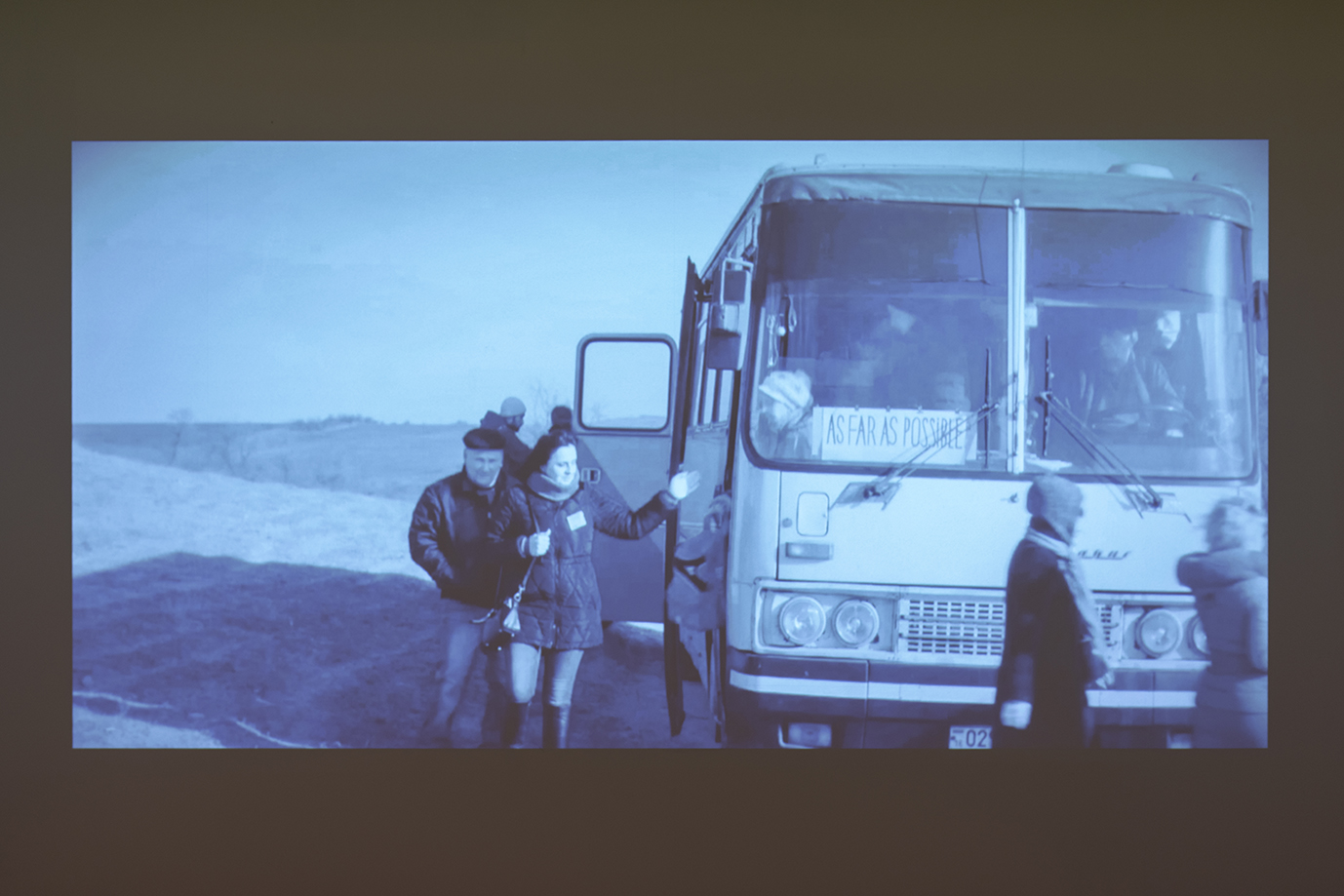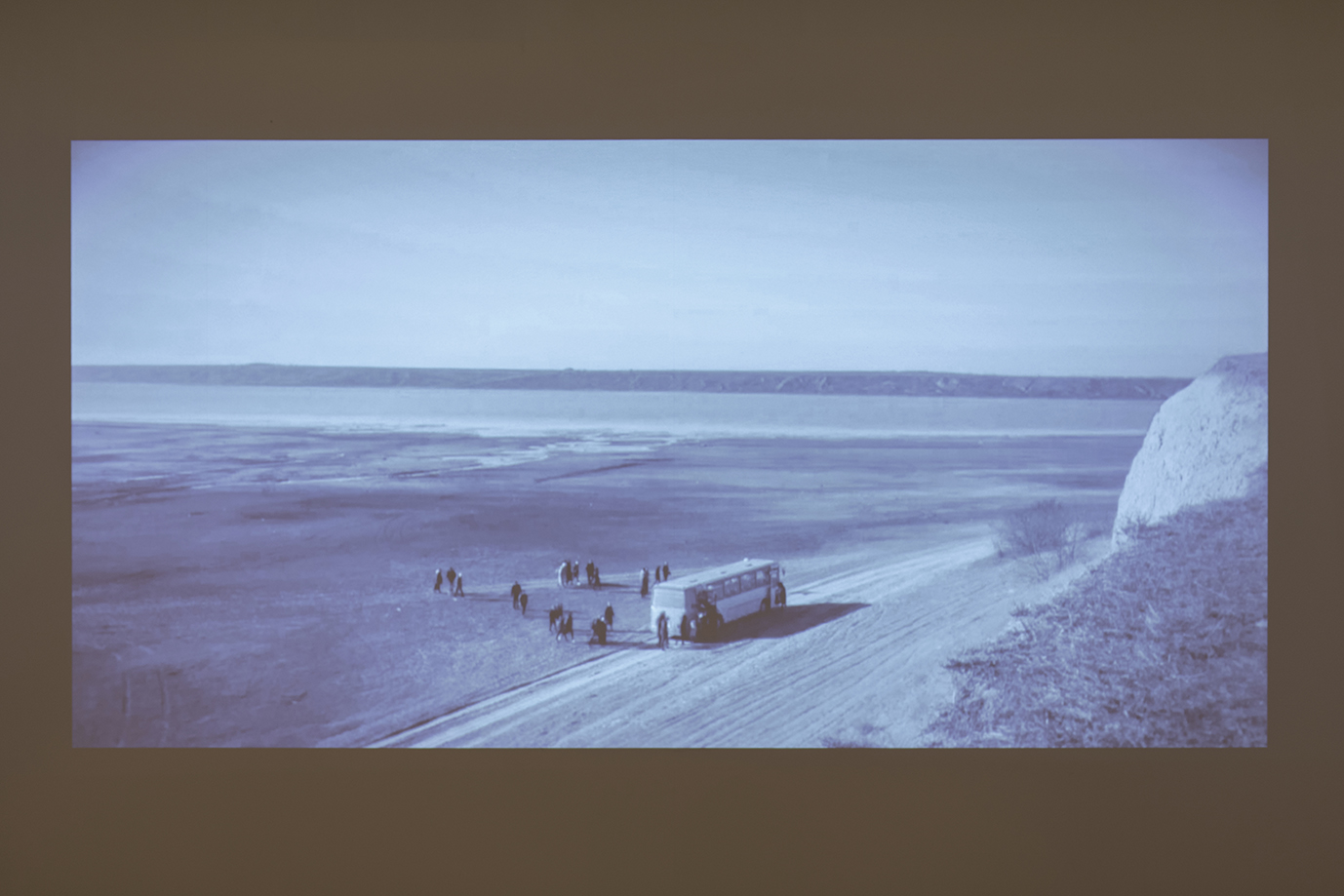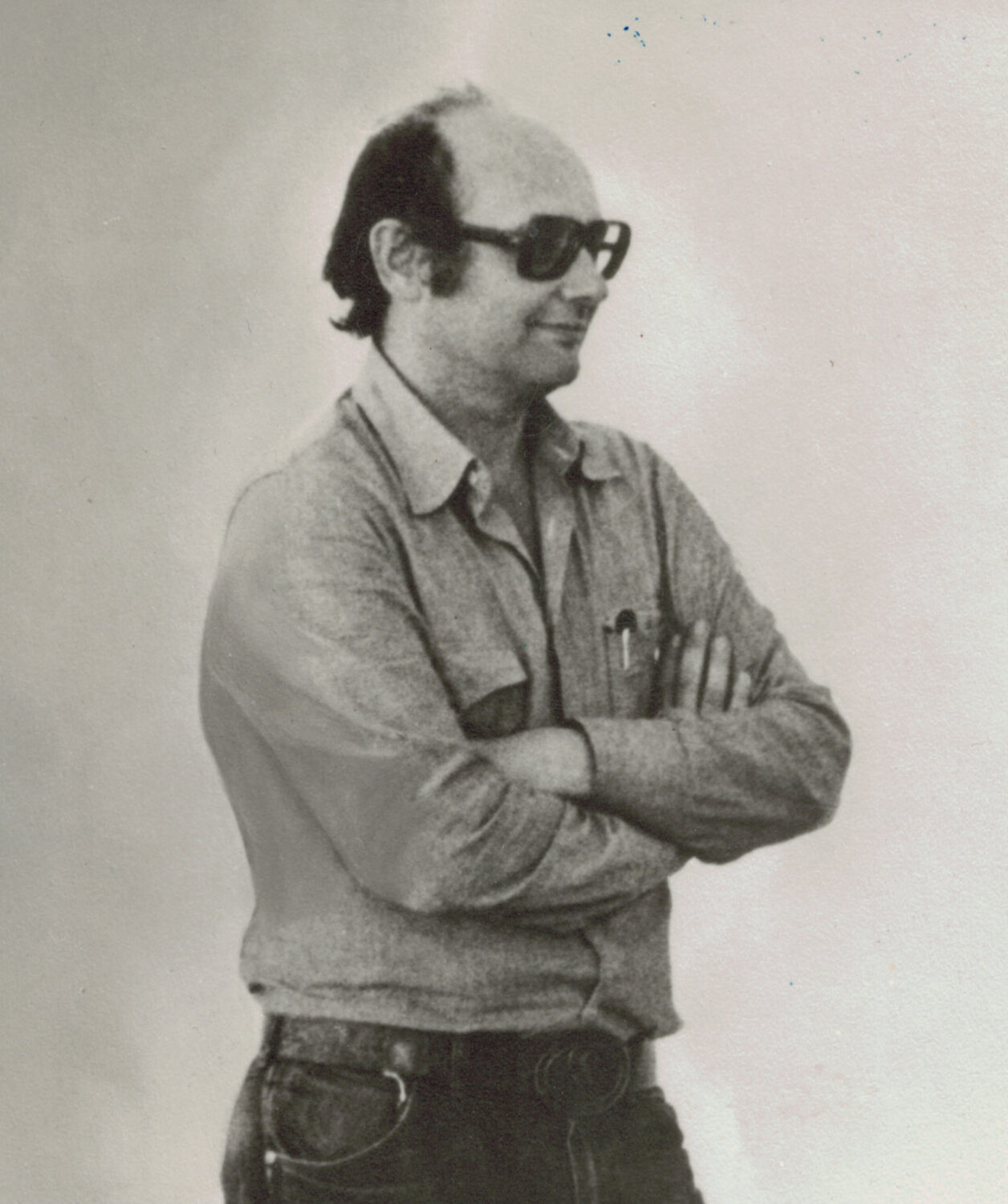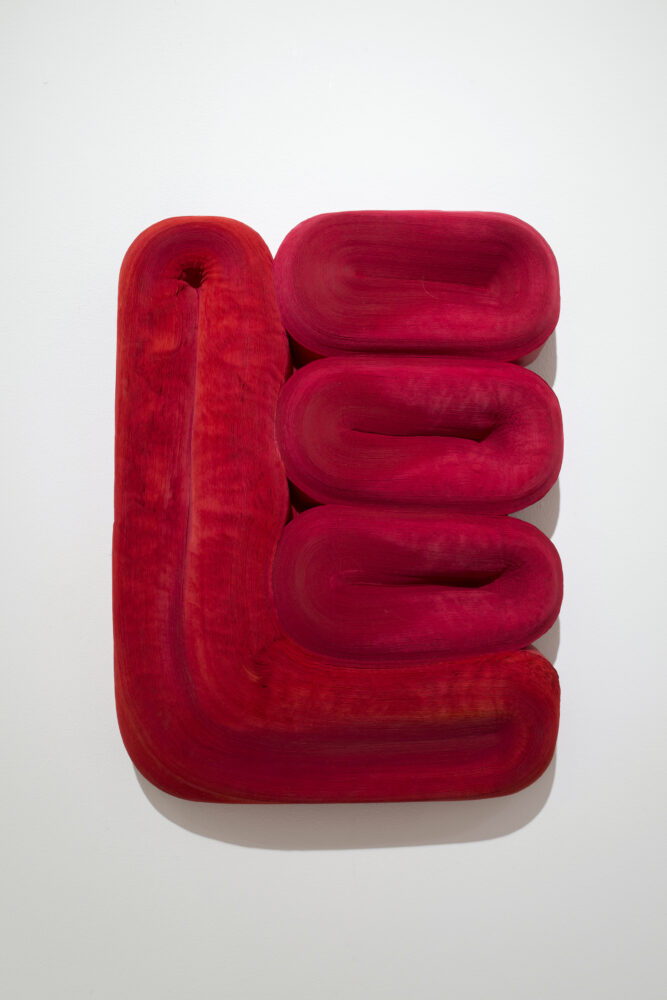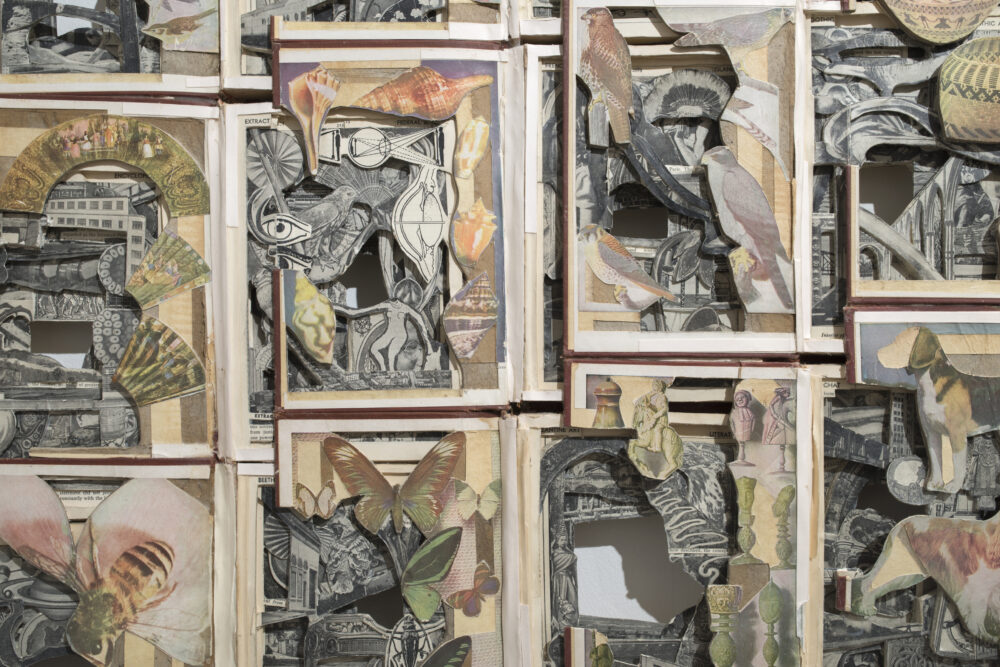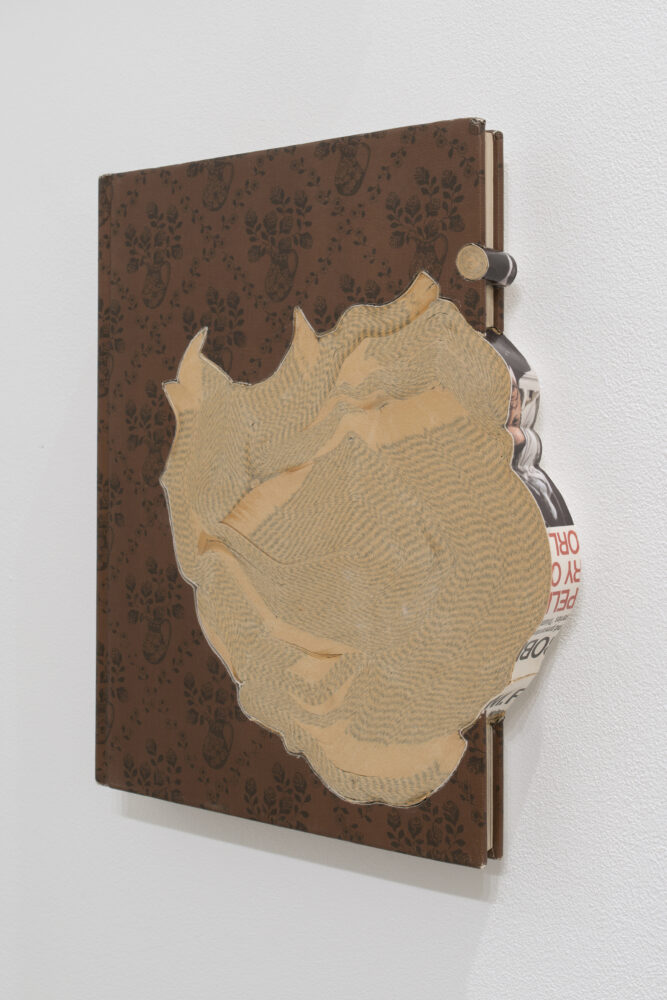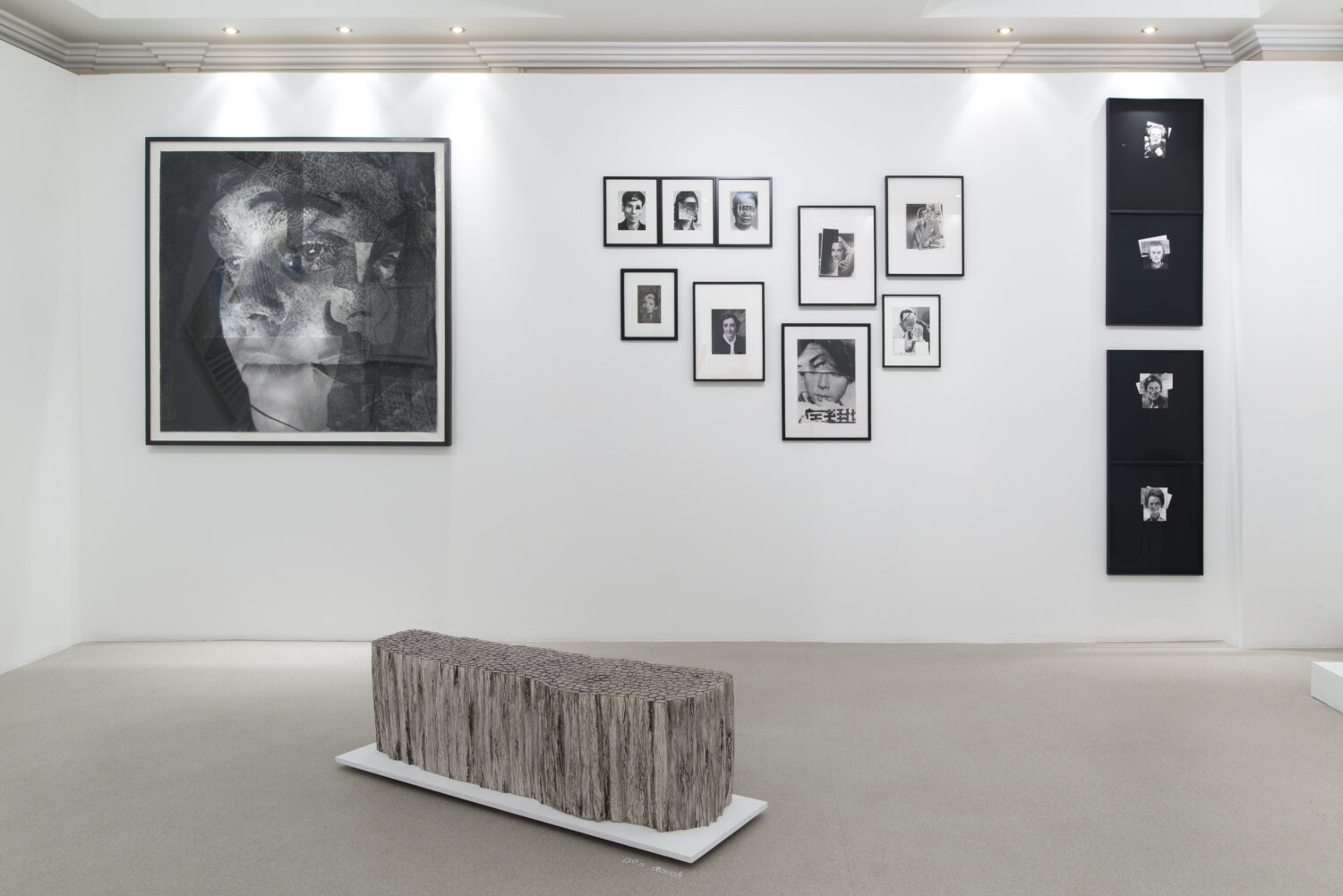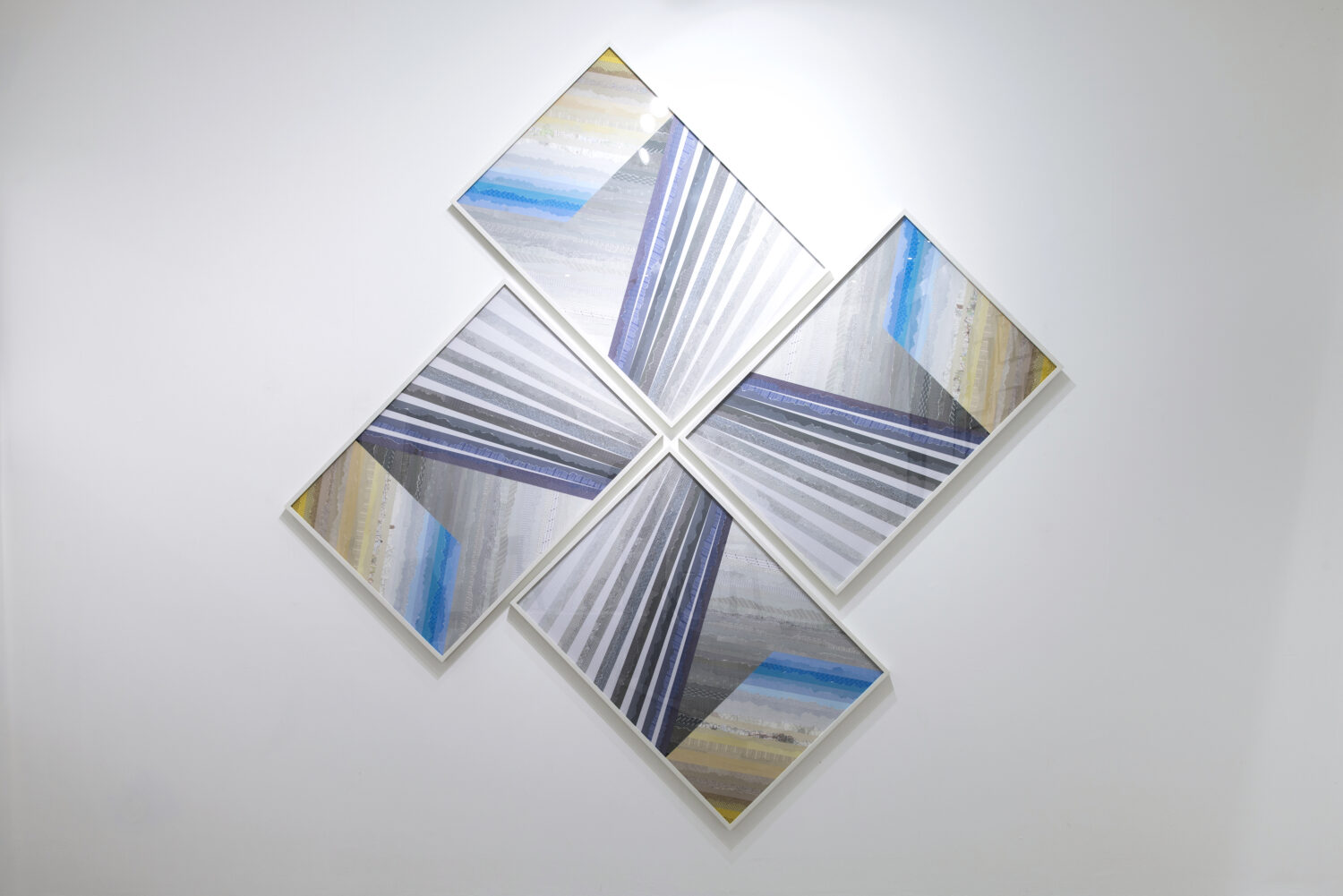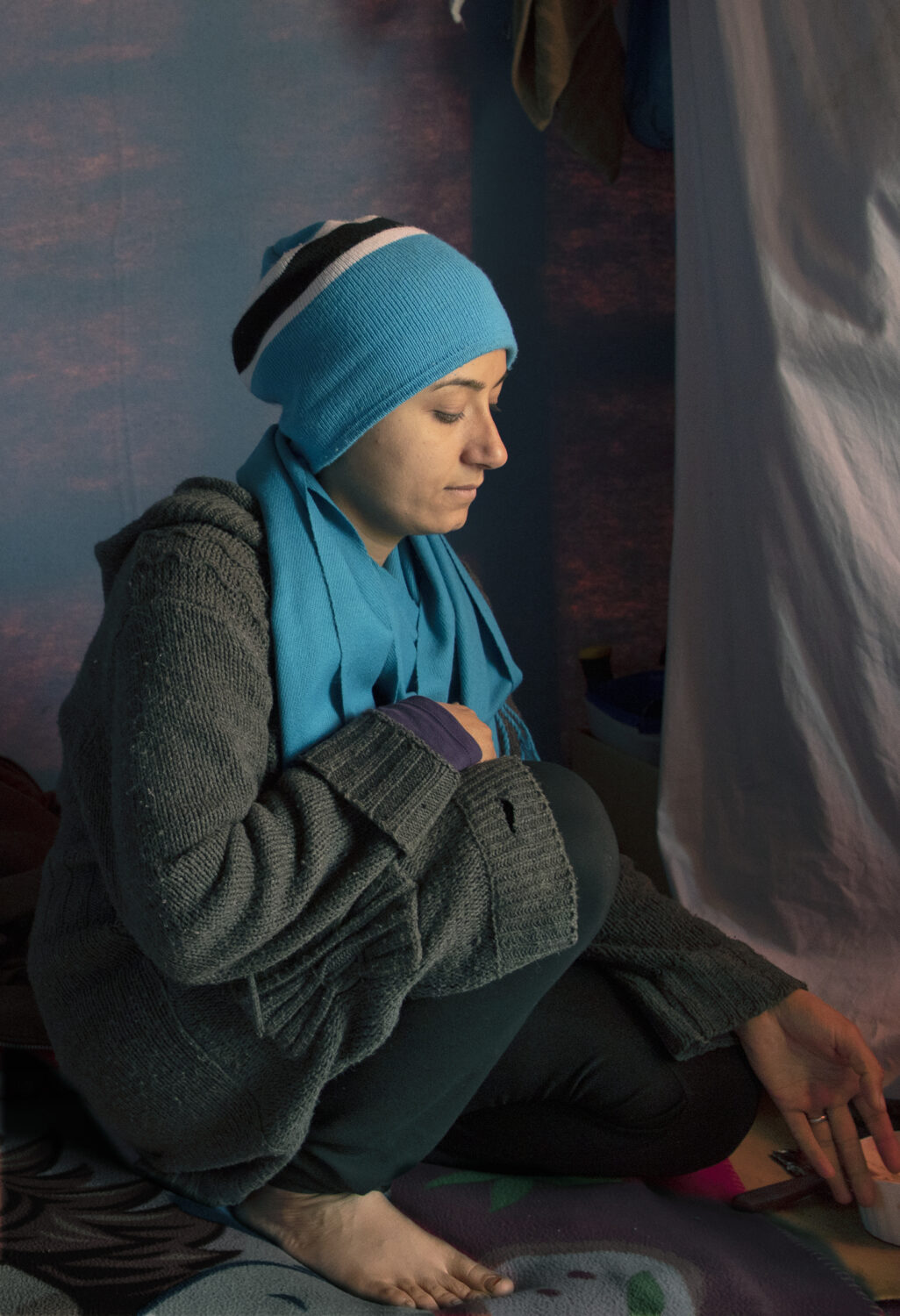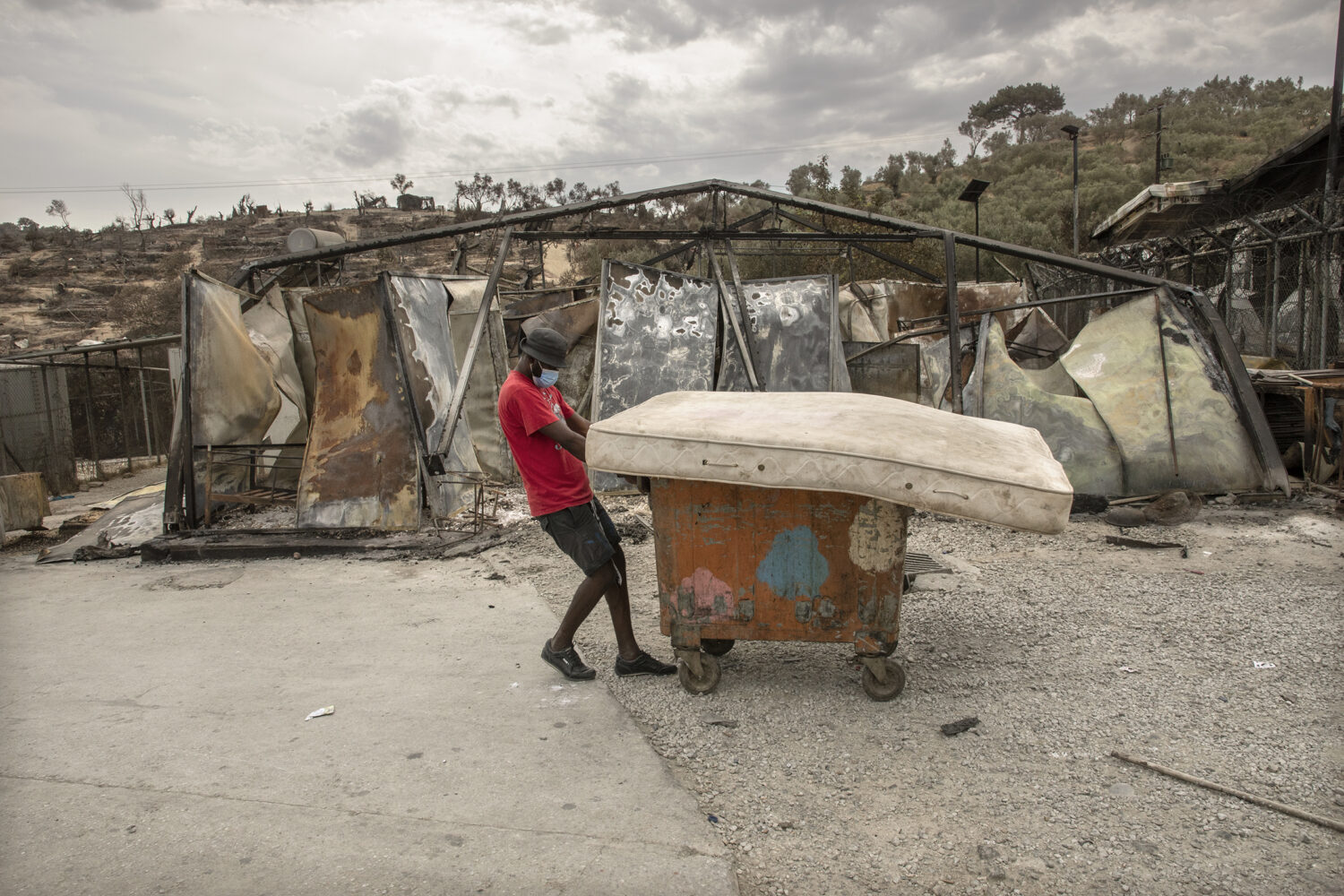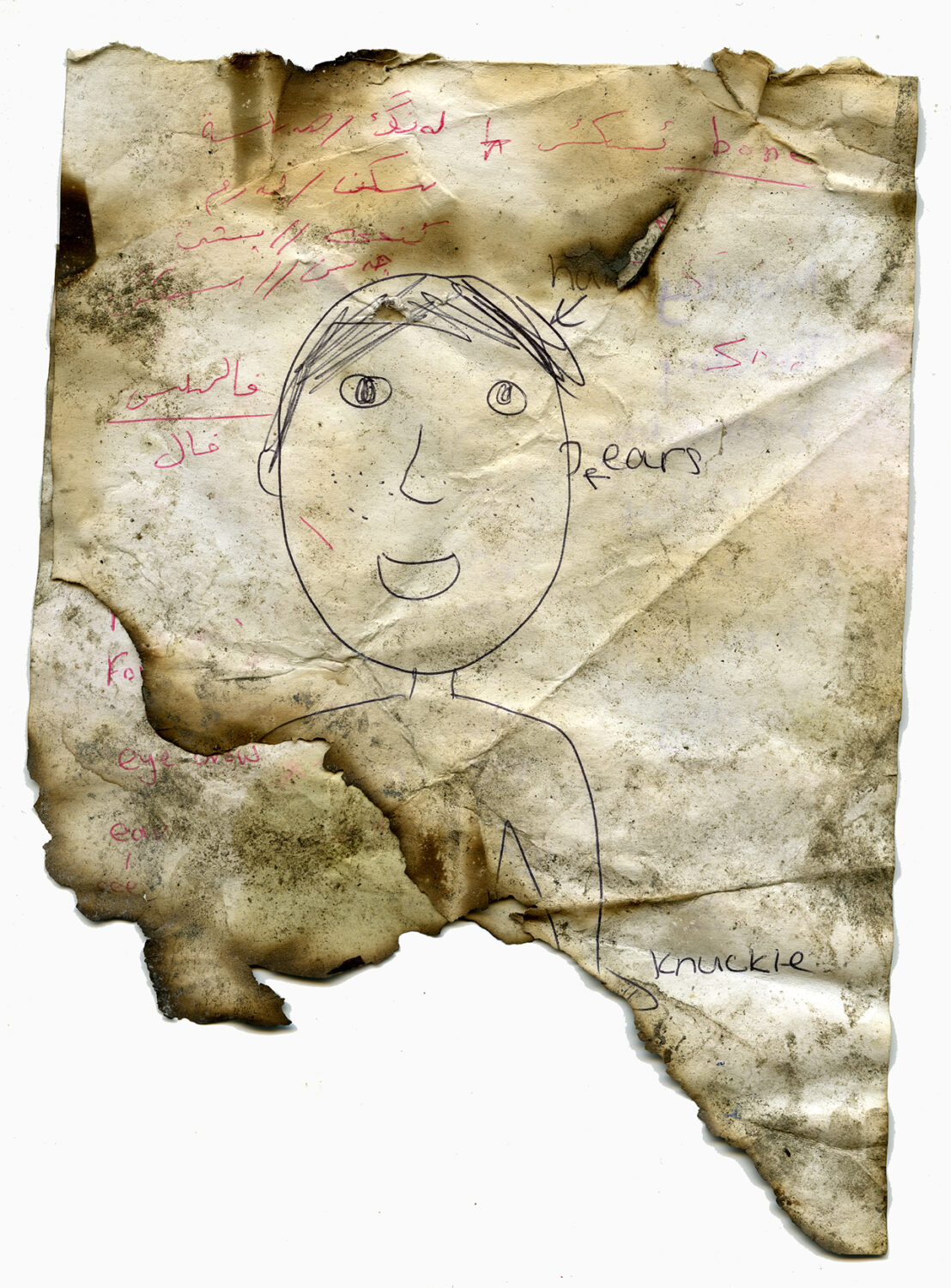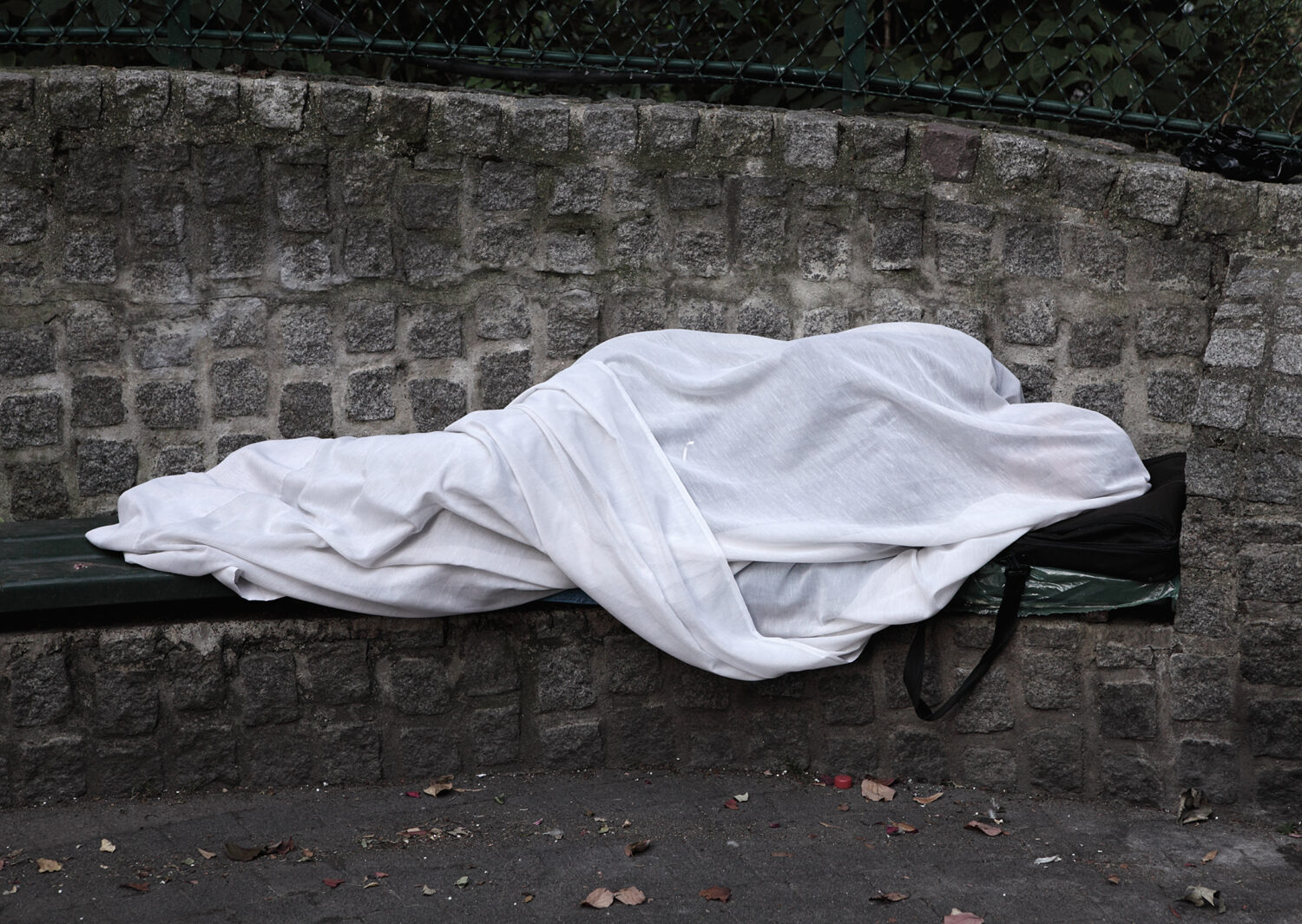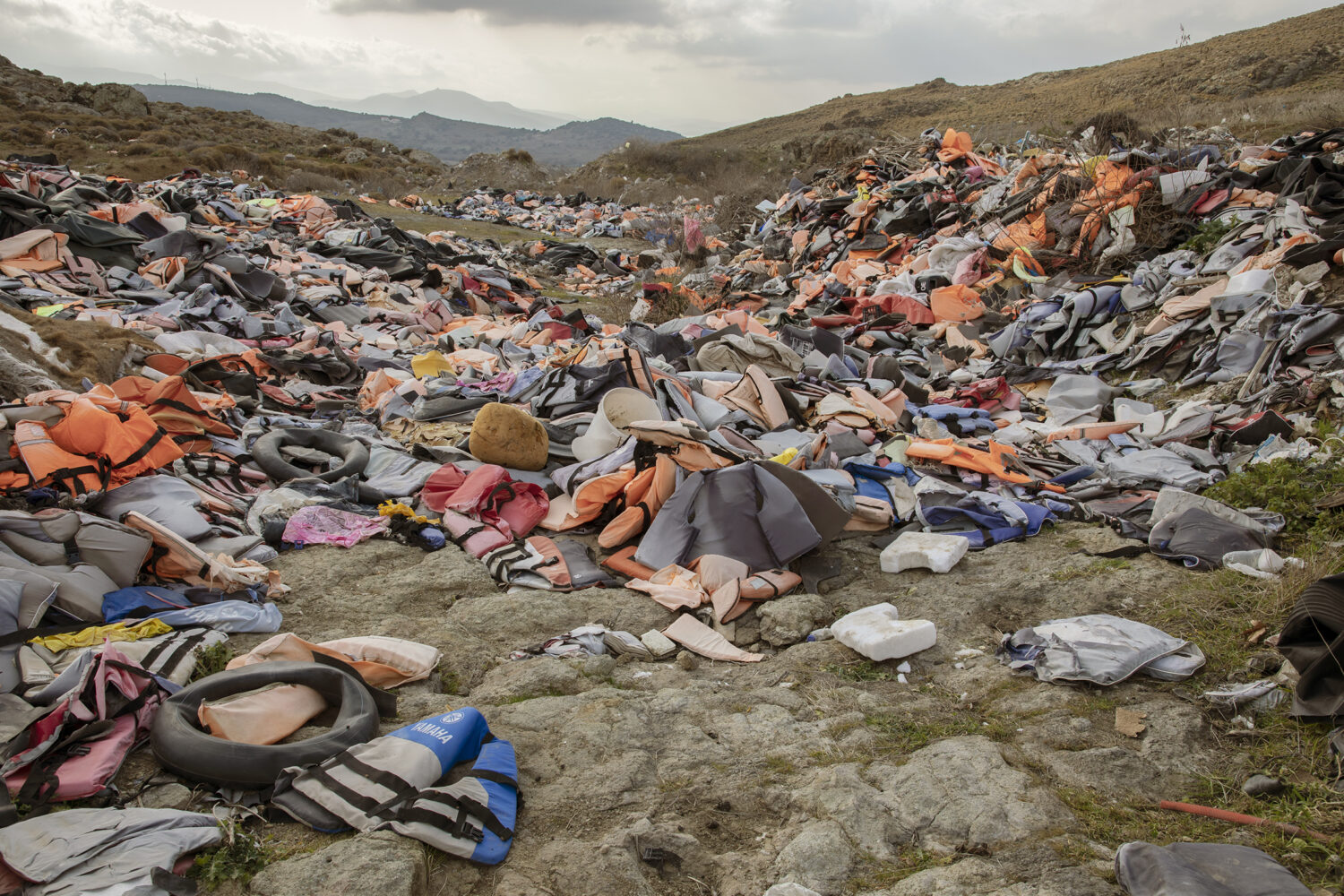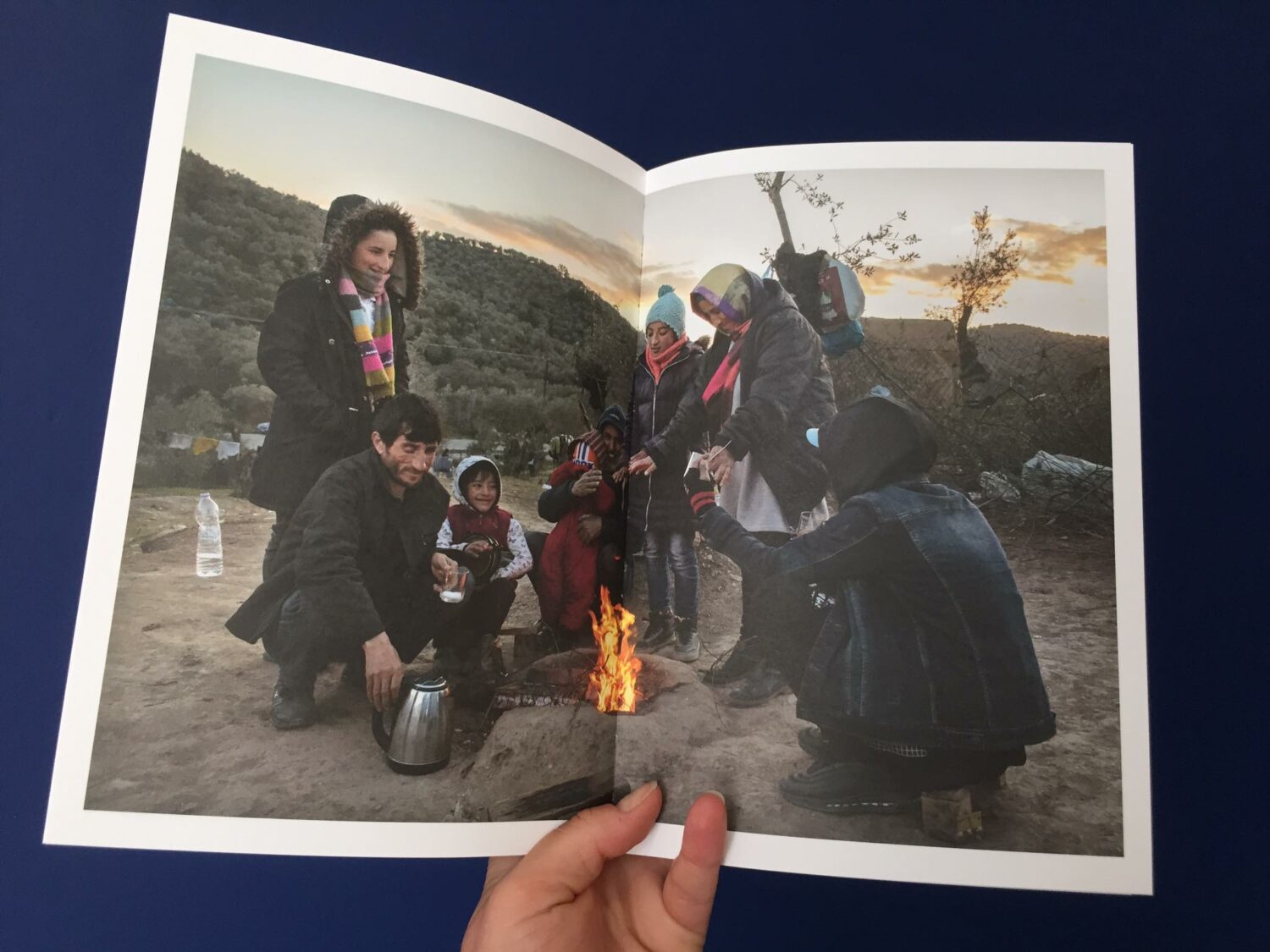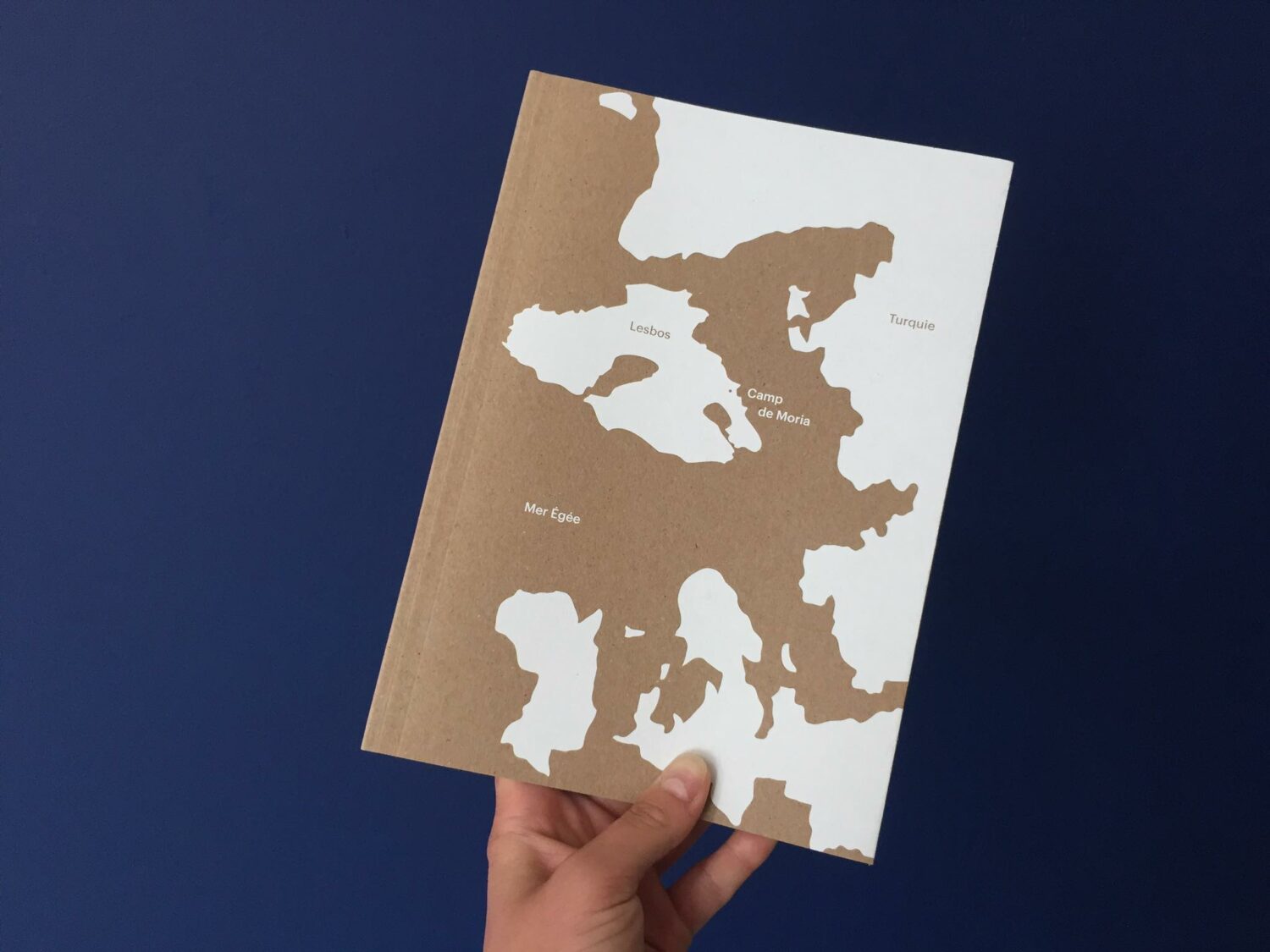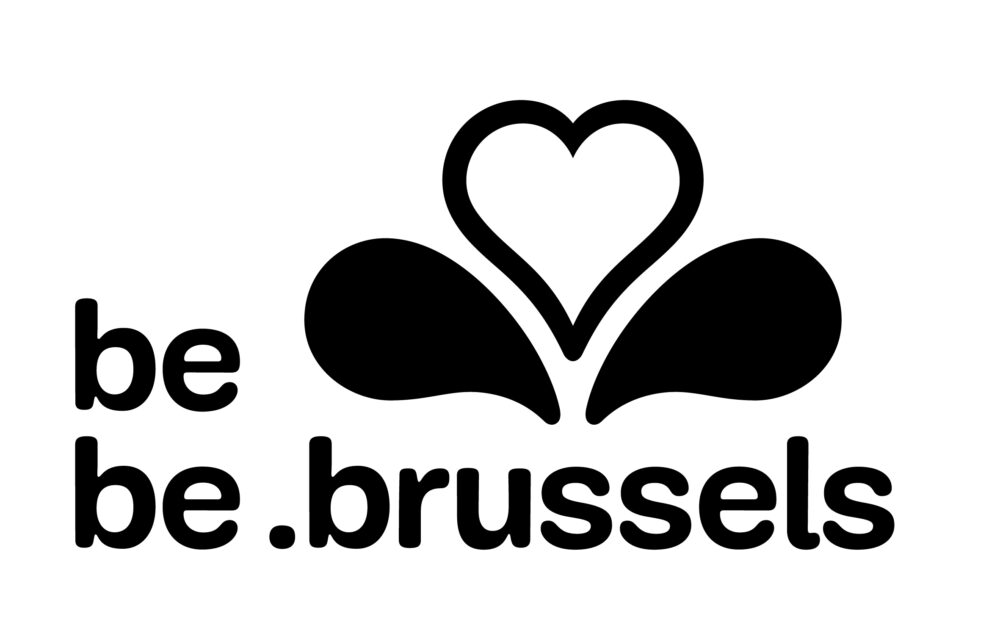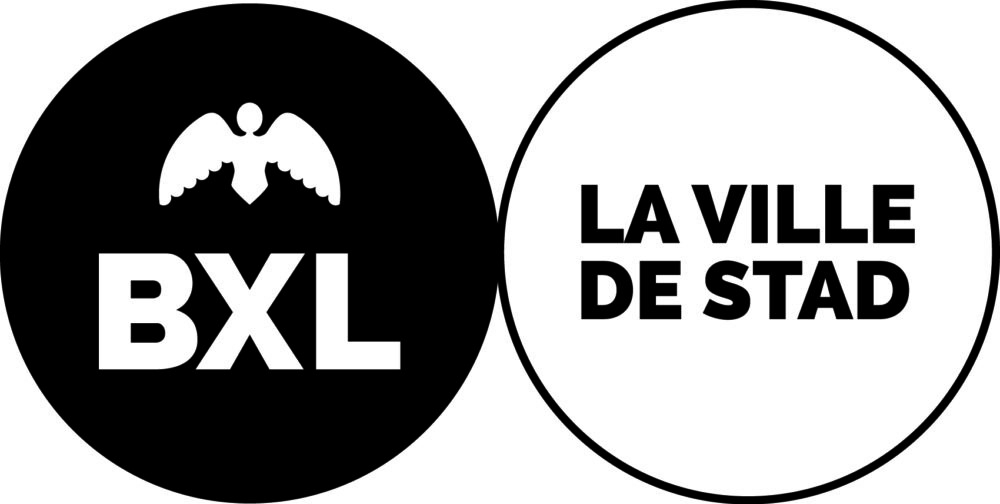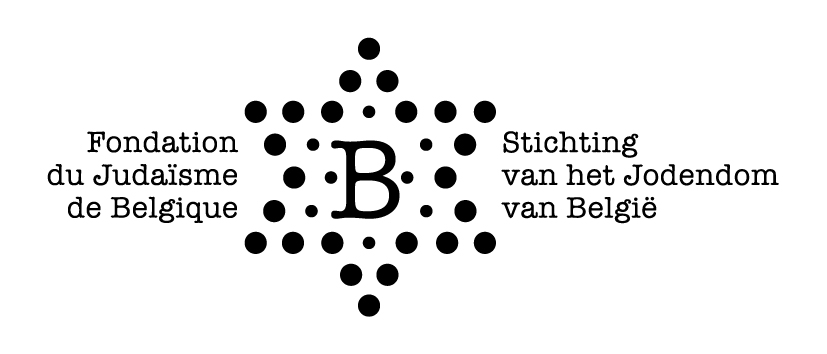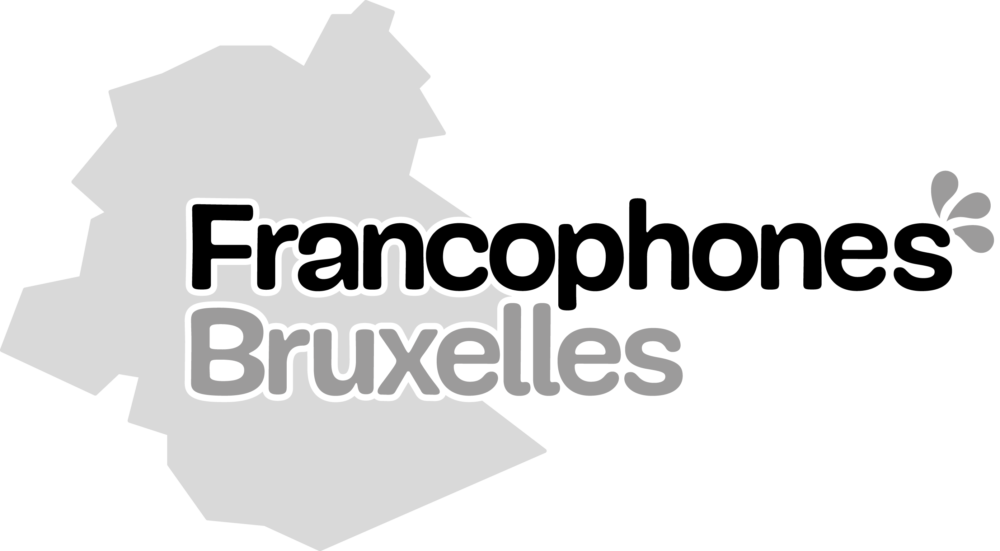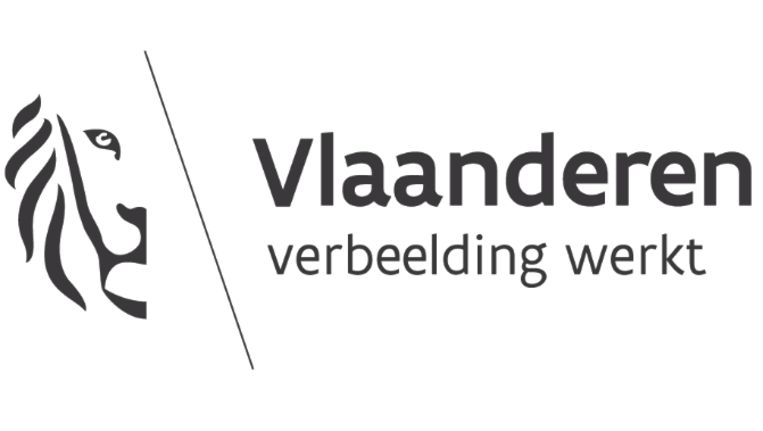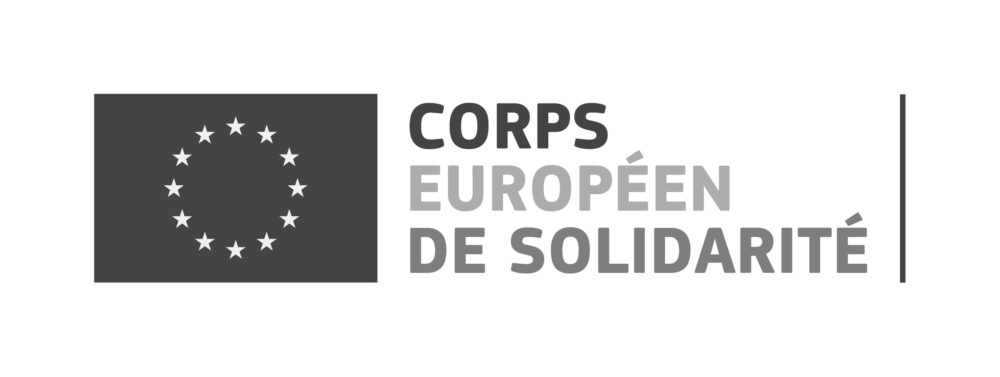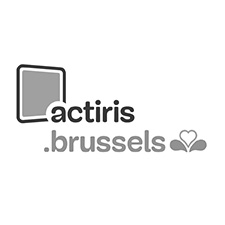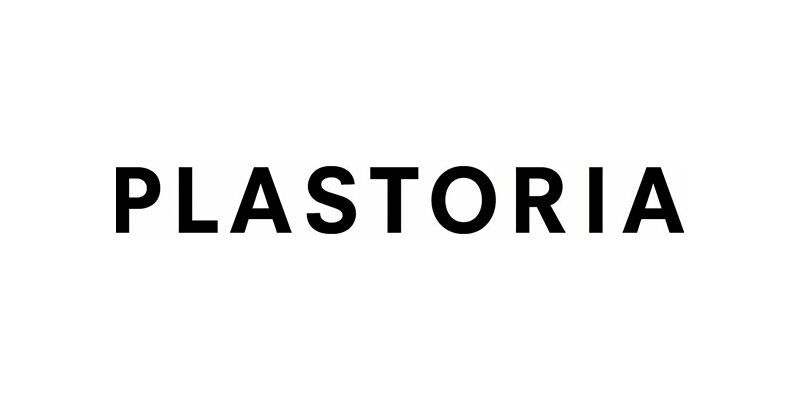The Jewish Museum of Belgium is pleased to present a new exhibition devoted to the American conceptual artist Sol LeWitt (1928-2007). The exhibition is organized by Barbara Cuglietta and Stephanie Manasseh in collaboration with the artist’s family.
Through a unique selection of Wall Drawings, works on paper, gouaches, structures and archives dating from the 1960s to the 2000s, this exhibition aims to highlight the diversity and unity in Sol LeWitt’s prolific work. It will feature a double “premiere”: an exploration of his Jewish heritage and an investigation of his links with Belgium. It will also be accompanied by the launch of the new Sol LeWitt app created by Microsoft.
Exhibition
Born in Hartford, Connecticut, into a Jewish immigrant family from Russia, Solomon (Sol) LeWitt is one of the pioneers of conceptual and minimal art, best known for his Wall Drawings. Although he is not religious, leading a secularized life, Sol LeWitt has maintained discreet but tenacious links with his Jewish heritage throughout his life. In the 1990s, he became actively involved in his community in Chester, Connecticut, designing the new synagogue for the Reform Congregation Beth Shalom Rodfe Zedek, which was inaugurated in 2001. For Sol LeWitt, designing a synagogue was “a problem of geometric forms in a space that conforms to ritual usage”. With the help of archives, drawings, photographs and testimonials, the exhibition explores the genesis of this major project, which has remained little known to the public until now.
The exhibition also addresses another forgotten aspect of Sol LeWitt’s career: the close relationships he developed throughout his career with collectors, gallery owners and artists based in Belgium. Visitors will be able to discover Wall Drawing #138, first shown in Brussels at the MTL gallery – which played a pioneering role in introducing conceptual art to Belgium – as well as Sol LeWitt’s collaboration with architect Charles Vandenhove on the design of the University Hospital in Liège.
All the works shown in the exhibition come from Belgian public and private collections, as well as from the LeWitt Collection. As for the realization of the Wall Drawings, directly on the walls of the Jewish Museum of Belgium, it is the occasion of an exceptional participative experience, bringing together alongside professional draftsmen from the LeWitt studio young artists and art students based in Brussels. For each mural, teams are formed around a professional assistant who accompanies and guides the apprentices. This educational initiative is a unique opportunity for the latter to be involved in the creative process of one of the greatest American artists.
Finally, the exhibition at the Jewish Museum of Belgium is the occasion for the European launch of a smartphone application dedicated to the artist and his work, developed by Microsoft with the LeWitt Collection. True to Sol LeWitt’s desire to make art accessible to all, this app will offer visitors an immersive and educational experience unlike any other.
Wall Drawing #528G, 1987, india ink and color ink wash. Installation view at the Jewish Museum of Belgium (c) Private Collection, Belgium / Picture: Hugard & Vanoverschelde
